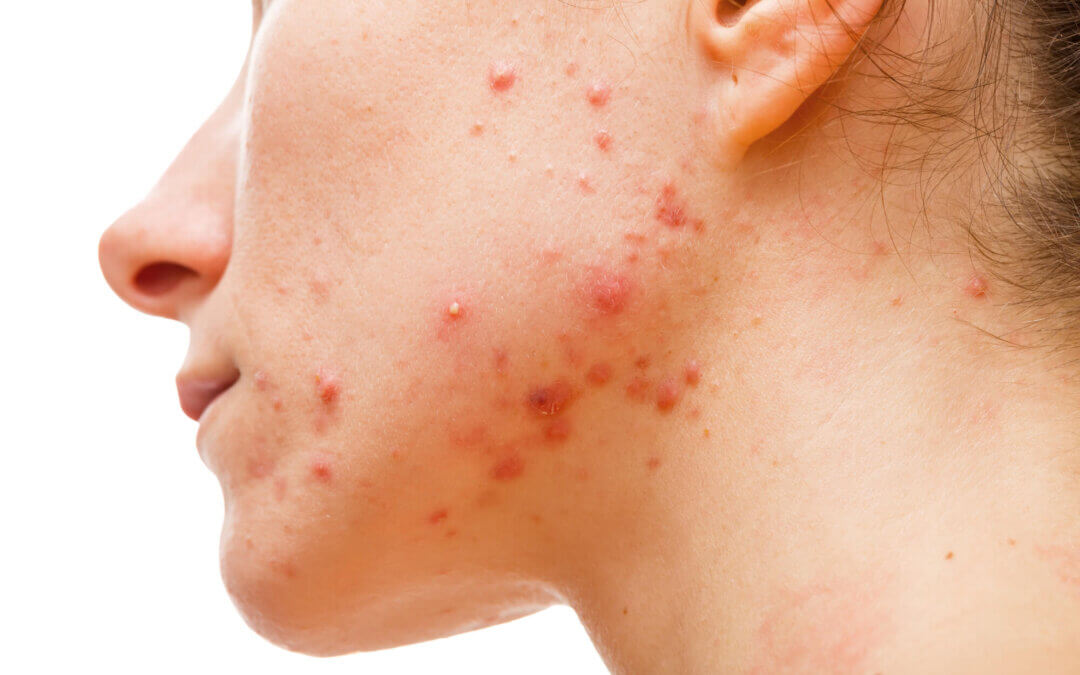When you have acne, it feels like that it’s all anyone is looking at. Acne on your face and body can affect your confidence and mental health; but you aren’t alone. Acne is the most common skin condition in the country.
Acne affects as many as 50 million Americans a year. 85% of people between 12 and 24 have minor acne, though you can have acne well into your adult years.
You can spend time and money trying to treat it at home with some success. If you have severe acne or aren’t seeing results, visiting an acne treatment center may be able to provide the clear skin you’ve always wanted.
1. Recieve Expert Advice
If you have a few bumps here and there, you can typically find products on your own at the store to treat mild acne. But for moderate, severe, or persistent acne, it’s best to consult experts for advice.
At acne treatment centers, professional dermatologists will be able to provide you with their expert opinions and advice to treat the acne you have on your body and face.
The first appointment may be more of a consultation to discuss the kind of acne you have and discuss treatment options. The following appointments will apply the treatment plan.
A dermatologist will also be able to monitor your progress to ensure that your skin is responding to treatment. If treatment isn’t working, a professional will be able to change course to get better results.
Having an expert overseeing your acne treatment often leads to better results than trying to treat it on your own with over-the-counter products.
2. Treat Your Kind of Acne
No two people’s acne is alike. There are multiple types of acne and multiple causes of acne, each requiring its own kind of treatment. There are three main types of acne: comedonal, inflammatory, and nodulocystic.
Comedonal acne is when there is a clogged pore, which can result in whiteheads (closed comedones) or blackheads (open comedones).
What most people know as pimples are medically referred to as inflammatory acne, which can either be papules or pustules. Nodulocystic acne are more severe and deep and can be either nodules or cysts.
Acne can also be caused by hormonal issues in the body or bacterial issues like bacteria getting into a pore. Lifestyle factors like diet, hygiene, stress, and medications can also cause acne breakouts.
Each of these types of acne responds best to different treatments and ingredients. If you’ve been mismatching treatments unknowingly, that could be a reason you’re not seeing results.
Visiting a dermatologist ensures you’re getting the acne treatment that will provide you with the best results.
3. Multiple Treatment Options
Skincare is a growing part of the beauty industry. There are many products available in stores that can help you fight acne at home. However, these products are often not as strong or effective for severe breakouts.
Dermatologists at acne treatment centers have access to products and treatments that you can’t purchase in-store. These products for acne can often be more effective because the ingredients are stronger.
There are also treatments that can’t be done by someone who isn’t a professional. Some treatments like laser therapy, injections, and microneedling are best or only done by dermatologists.
You may also require multiple forms of treatment, for example, a combination of laser therapy and a product to use at home. Together, these can ensure you’re treating your acne from all possible directions.
A professional dermatologist may also be able to tell you about any lifestyle changes, such as diet or exercise, you can make to improve your acne. They may also be able to provide an overall skincare routine for healthier skin.
4. Treat Other Skin Issues That Come From Acne
Acne doesn’t only stop at bumps on your face. Acne can leave behind marks and scarring that can affect your complexion and the texture of your skin.
Post-inflammatory hyperpigmentation and dark spots are common. When the acne subsides, your skin may still have marks or spots where the bump was, leaving you with an uneven skin tone.
More severe acne can leave your skin with deep scarring that can look like a hole, dent, or crater in the skin. Some acne scars can also be raised bumps, called hypertrophic scars, on the skin.
In these cases, you may get rid of your acne but be left with other issues that may not leave you feeling confident in your skin. However, visiting a dermatologist will allow you to address these issues alongside your acne.
5. Better and Longer-Lasting Results
Acne can be very tricky to treat and keep away after treatments. Seeing a dermatologist can provide you with products and treatments that give you better results that can be long-lasting.
In some cases, you may be able to “cure” acne, getting rid of the bumps for good. A dermatologist will also be able to give you the products and routine to be sure that the acne doesn’t come back.
Regularly seeing a dermatologist can also ensure your acne stays off your face and body. A professional will be able to provide updated treatments or products when necessary, so you’ll always be making progress or maintaining results.
After seeing a dermatologist for treatment for acne, you can be confident that your skin can be healthier and glow more, giving you the skin you’ve always dreamed of having.
Visiting an Acne Treatment Center
Acne may be a common skin condition, but that doesn’t mean you have to live with it. Though many people suffer from acne, the products and treatments they use often don’t have the same results as seeing a professional.
Visiting an acne treatment center can help you tackle the cause of your acne, provide you with a customized treatment option, and give you the long-lasting results you’ve always wanted.
Your perfect skin is only an appointment away. Contact Central Kentucky Dermatology today to schedule an appointment with an expert dermatologist.

